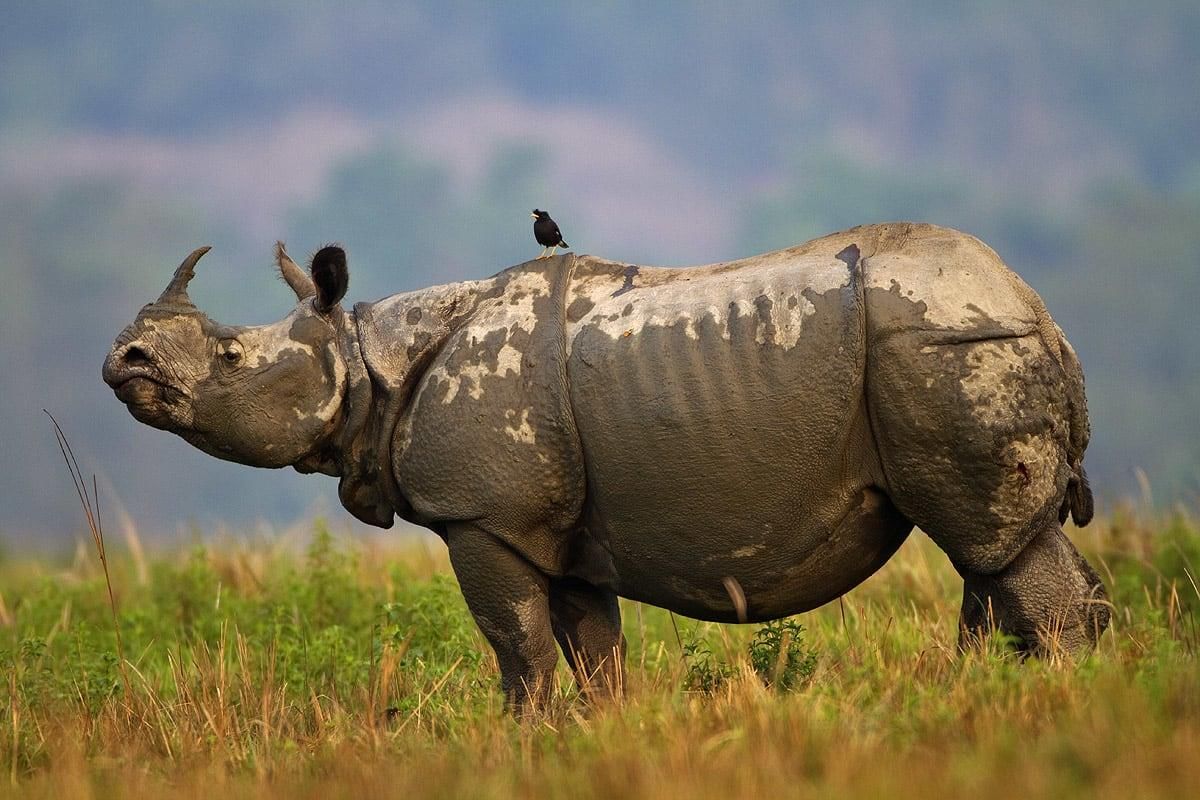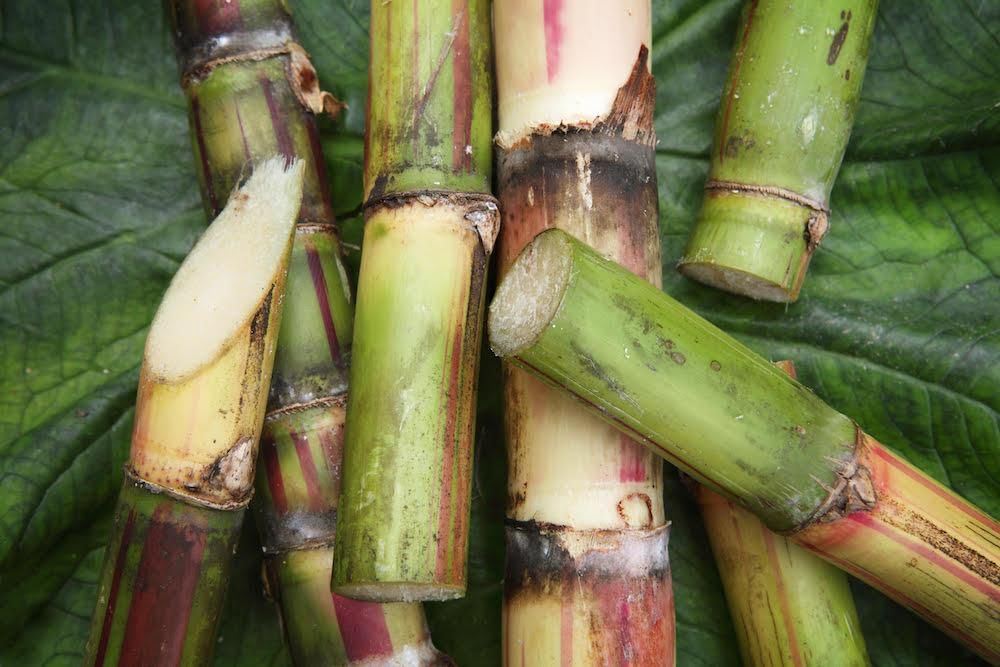Class 7 Geography Question Answers - Human Environment Interactions - The Tropical and Subtropical Region
Q1. The Amazon basin is the largest river basin in the world. (T/F)
Ans: True
The Amazon basin is indeed the largest river basin in the world. Numerous tributaries join the Amazon River to form the Amazon basin.
The river basin drains portions of Brazil, This basin is crucial for biodiversity and plays a significant role in the global ecosystem.
Q2. The place where a river flows into another body of water is called the …………….
Ans: The place where a river flows into another body of water is called the river's mouth.
Q3. Which among the following discovered the Amazon River?
a. Portuguese
b. English
c. Dutch
d. Spanish
Ans: The Amazon River was discovered by the Spanish.
Q4. The Amazon basin lies between………………………………latitude.
Ans: The Amazon basin lies between 10°N and 10°S latitude.
Q5. Name the countries of the Amazon basin through which the equator passes.
Ans: The countries of the Amazon basin through which the equator passes are:
- Ecuador
- Colombia
- Brazil
Q6. Where is one –horned rhinoceros found?
Ans: The one-horned rhinoceros is primarily found in the Brahmaputra Plain, which spans parts of northeastern India.
Q7. The famous Taj Mahal lies on the banks of river……………… in Agra.
Ans: The famous Taj Mahal lies on the banks of the Yamuna River in Agra.
Q8. Name the region in which the river Amazon flows through.
Ans: The river Amazon flows through the Equatorial region, encompassing parts of South America
Countries such as Brazil, Peru, Colombia, Venezuela, Ecuador, Bolivia, Guyana, Suriname, and French Guiana. This region is known for its rich biodiversity and dense rainforests.
Q9. Kaziranga and Manas wildlife sanctuaries are in which of the following states-
a. Bengal
b. Assam
c. Orissa
d. Tripura
Ans: Kaziranga and Manas wildlife sanctuaries are located in the state of Assam.
Q10. Susu is the local name of which of the following aquatic animals-
a. Whale
b. Tortoise
c. Fish
d. Dolphin
Ans: Susu is the local name for the following aquatic animal is Blind Dolphin.
Q11. Tapioca, Pineapple, and Sweet potato are grown in the area of the Amazon basin. T/F
Ans: True
The statement is correct as these crops are grown by the native people of the Amazon basin. Thus, the cultivation of these specific crops happen in the Amazon basin.
Q12. Which among the following is a cash crop-?
a. Wheat
b. Maize
c. Rice
d. Sugar cane
Ans: Sugar cane is a cash crop, meaning it is grown primarily for sale rather than for personal consumption. Cash crops are typically cultivated for profit and can include various plants, but sugar cane is one of the most significant.
Q13. Sloth is the type of –
a. Animal
b. Bird
c. Fish
d. Crops
Ans: Sloth is a type of:
- Animal
- Known for its slow movement
- Primarily found in trees
- Herbivorous diet, mainly consisting of leaves
Q14. Name the tributaries of the river Ganga.
Ans: The tributaries of the Ganga river include:
- Ghaghra
- Son
- Chambal
- Gandak
- Kosi
Q15. The summer is hot and winter is cold in the Ganga Brahmaputra basin. (T/F)
Ans: True
The Ganga-Brahmaputra basin has a continental type of climate, which means it experiences hot summers and cold winters. This variation is due to its location away from the sea and the influence of the Himalayas, which block cold winds in winter and trap heat in summer.
|
63 videos|371 docs|46 tests
|
FAQs on Class 7 Geography Question Answers - Human Environment Interactions - The Tropical and Subtropical Region
| 1. What are the main characteristics of the tropical region? |  |
| 2. How do human activities impact the subtropical region? |  |
| 3. What types of vegetation are commonly found in tropical regions? |  |
| 4. What are the climatic differences between tropical and subtropical regions? |  |
| 5. How can we promote sustainable practices in tropical and subtropical regions? |  |

























